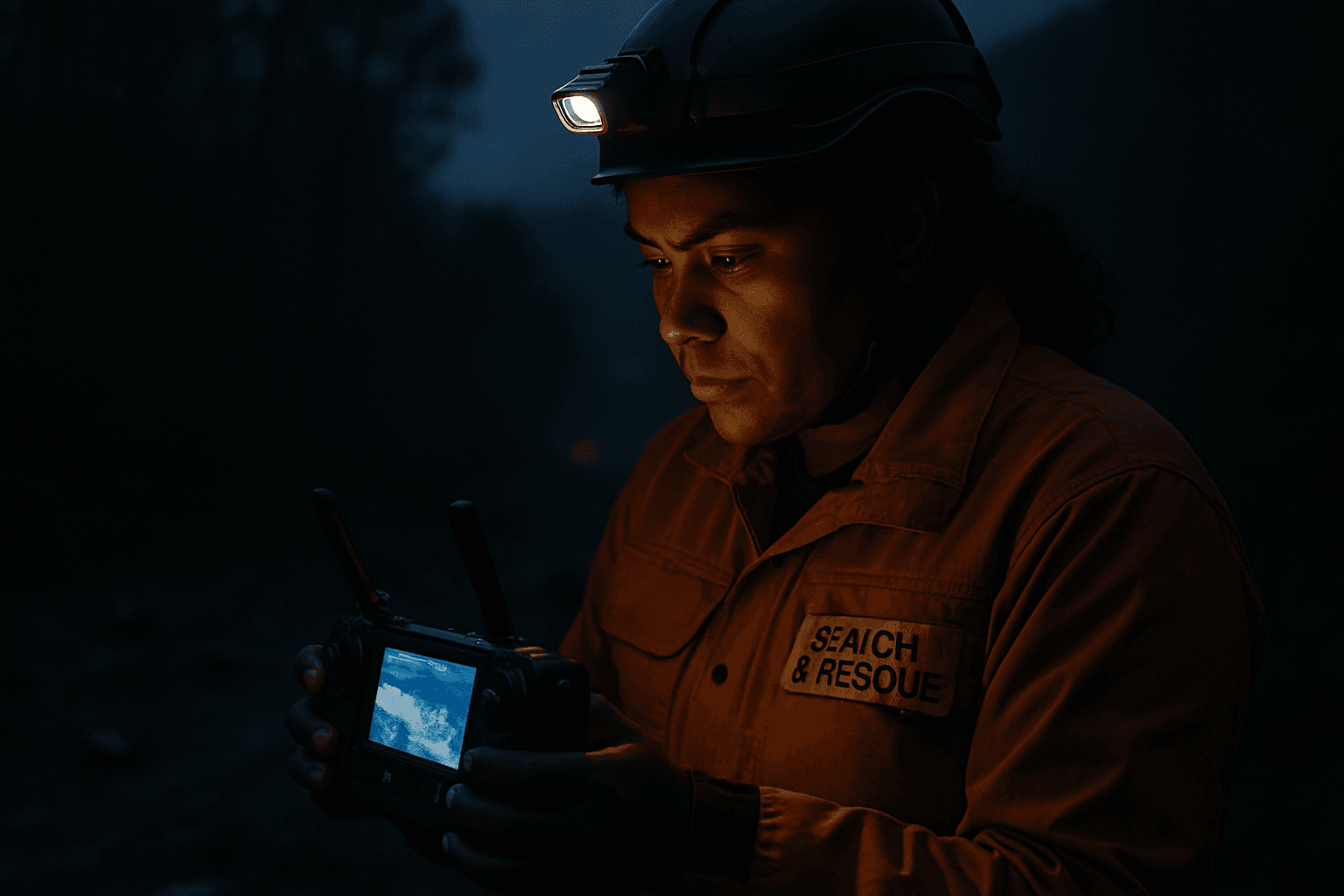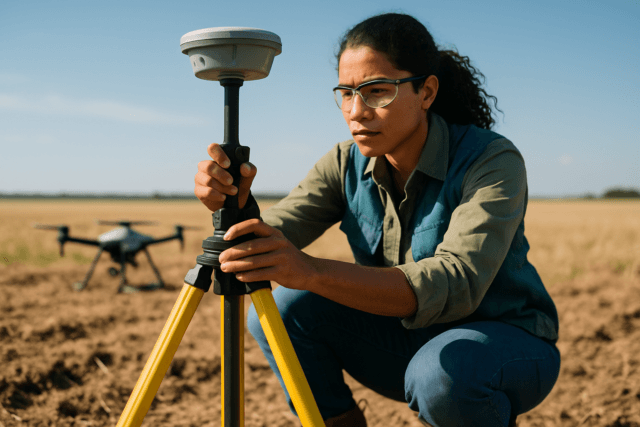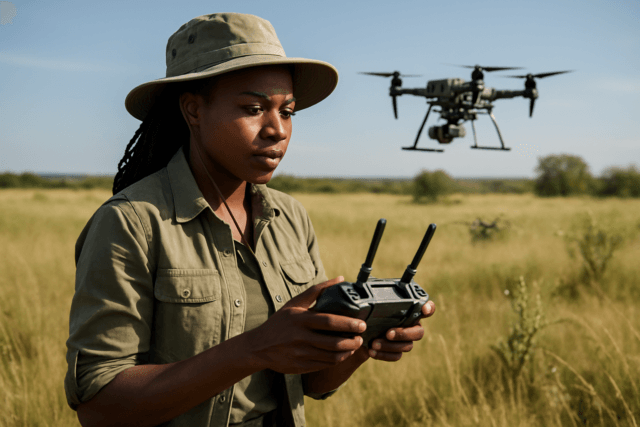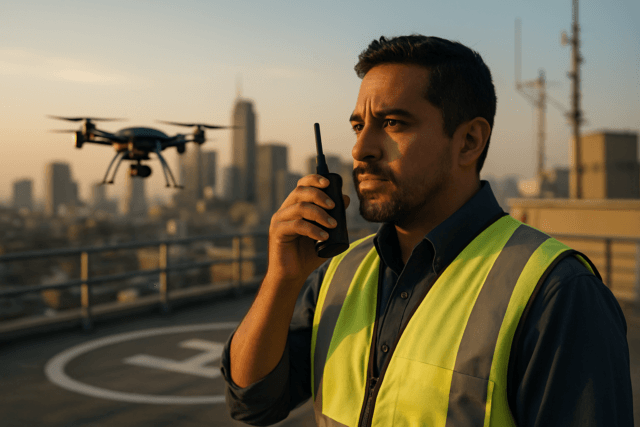Low-light search operations present unique challenges for Unmanned Aerial Systems (UAS), but with the right camera settings and equipment, drones can become invaluable tools for search and rescue (SAR) teams. Capturing clear, actionable imagery when visibility is limited requires a deep understanding of drone camera fundamentals and the strategic application of advanced technologies like thermal imaging.
The Critical Role of Drones in Low-Light SAR
Drones offer a critical aerial perspective for SAR missions, allowing teams to scan vast areas quickly and safely, even in challenging environments. Their ability to deploy rapidly and provide real-time data significantly enhances situational awareness for ground crews. In low-light scenarios, where traditional visual search methods are severely hampered, drones equipped with specialized cameras and optimized settings become even more indispensable.
Understanding the Exposure Triangle for Low-Light Performance
The “exposure triangle” – ISO, shutter speed, and aperture – dictates how much light reaches your drone’s sensor. Balancing these three elements is crucial for achieving well-exposed and clear images in low-light conditions. Operating in manual mode is generally recommended to gain full control over these settings.
ISO: Sensitivity and Noise Management
ISO determines the camera sensor’s sensitivity to light. A higher ISO brightens the image but introduces more “noise” or graininess, degrading image quality. For low-light search operations, the goal is to use the lowest possible ISO that still allows for adequate exposure.
- Recommendation: Aim for an ISO between 400 and 1600. While higher ISOs can brighten the image, they significantly increase noise. Some older drone cameras might show unacceptable noise even at ISO 200. Always prioritize a balance between brightness and acceptable noise levels.
- Best Practice: On DJI drones, avoid going above ISO 1600 if possible, as noise becomes very prominent.
Aperture: Maximizing Light Intake
Aperture refers to the opening of the lens that lets light into the camera. A wider aperture (represented by a smaller f-number, e.g., f/2.8) allows more light to reach the sensor, which is crucial in low-light environments.
- Recommendation: Set the aperture as wide as possible, typically f/2.8 on many professional drones, to maximize light intake.
- Consideration: A wider aperture results in a shallower depth of field. While this might be less critical for wide-area search, it’s something to be aware of for detailed inspections.
Shutter Speed: Balancing Light and Motion Blur
Shutter speed controls how long the camera’s sensor is exposed to light. A slower shutter speed allows more light to enter, brightening the image, but also increases the risk of motion blur if the drone or subject is moving.
- Recommendation: For video, a common guideline is to set the shutter speed to double your frame rate (e.g., 1/60th for 30fps video) to achieve natural-looking motion blur. However, in very low light, you might need to break this rule and use a slower shutter speed, especially if the drone is stationary or moving slowly, to gather more light. For still photography, slower shutter speeds (e.g., 1/2 to 1/10 second) can be used, often requiring a stable drone flight or tripod mode to prevent blur.
- Caution: Excessive motion blur can obscure critical details, making identification difficult. Experiment to find the slowest shutter speed that provides sufficient light without unacceptable blur for your specific search scenario and drone speed.
Essential Settings and Advanced Considerations for Low-Light Search
Beyond the exposure triangle, several other settings and equipment choices can significantly enhance low-light drone search operations.
White Balance: Accurate Color Representation
While often less critical than exposure in purely informational low-light search, correct white balance ensures accurate color reproduction, which can be important for identifying objects or persons.
- Recommendation: Use a custom white balance setting if conditions are stable, or select a preset that best matches the ambient light (e.g., “Cloudy” or “Incandescent” depending on artificial light sources). Auto white balance can sometimes misinterpret low-light scenes, leading to inconsistent color.
Noise Reduction: Post-Processing and In-Camera Features
Even with optimal settings, low-light footage will often exhibit some level of noise. Both in-camera features and post-processing can help mitigate this.
- In-Camera: Some drones offer built-in noise reduction settings or “night mode” features that can help clean up images.
- Post-Processing: Software like Neat Video, Topaz DeNoise AI, or even basic adjustments in editing suites (e.g., adjusting blacks and shadows) can reduce graininess in footage. Shooting in RAW format offers greater flexibility for post-processing.
Specialized Cameras: Thermal and Low-Light Sensors
For true nighttime or extremely low-light search operations, specialized cameras are often paramount.
- Thermal Imaging: Thermal cameras detect heat signatures, making them incredibly effective for locating people or animals in complete darkness, smoke, fog, or dense foliage, regardless of ambient light.
- Settings: Key thermal settings include adjusting color palettes (e.g., White Hot, Black Hot, Rainbow) to highlight temperature differences, and potentially disabling isotherms for a clearer view of varying temperatures. Infrared image super-resolution can also enhance clarity.
- Application: Thermal cameras are particularly useful when there’s a significant temperature difference between the subject and the background.
- Dedicated Low-Light Cameras: Some drones can be equipped with dedicated low-light gimbal cameras, like the Deepthink S8, which feature larger sensors, high ISO capabilities, and advanced AI ISP algorithms to capture clear, full-color images even in near-darkness (as low as 0.0001 lux). These sensors amplify available light to provide detailed visuals where color and fine details are important.
- Dual-Sensor Payloads: Many SAR drones offer dual-sensor payloads, combining RGB (visual) and thermal cameras, allowing operators to switch between views in real-time for comprehensive situational awareness. This is crucial for verifying anomalies detected by thermal cameras using visual confirmation.
Practical Tips for Enhanced Low-Light Search
- Manual Mode is King: Always operate in manual mode to have complete control over exposure settings.
- Turn Off Drone LEDs (When Safe): For photography, disabling front LED lights can prevent red color casts in your footage, but remember to reactivate them for visual line-of-sight adherence and safe return.
- Experiment and Practice: Understand how your specific drone’s camera performs in various low-light conditions by practicing in different environments and adjusting settings accordingly.
- Check Regulations: Always be aware of and adhere to aviation regulations for nighttime drone operations in your area.
- Consider ND Filters (Carefully): While typically used in bright light, specific “night filters” designed to reduce light pollution can sometimes enhance image clarity in urban low-light settings. However, using standard ND filters in low light reduces the light reaching the sensor, forcing a higher ISO and increasing graininess.
- Stable Flight: A stable flight system with reliable GPS and stabilization features is crucial for capturing sharp images, especially when using slower shutter speeds.
By mastering these camera settings and understanding the capabilities of specialized low-light and thermal imaging, drone operators can significantly enhance the effectiveness of search and rescue missions, turning the challenge of darkness into an opportunity for successful intervention.





